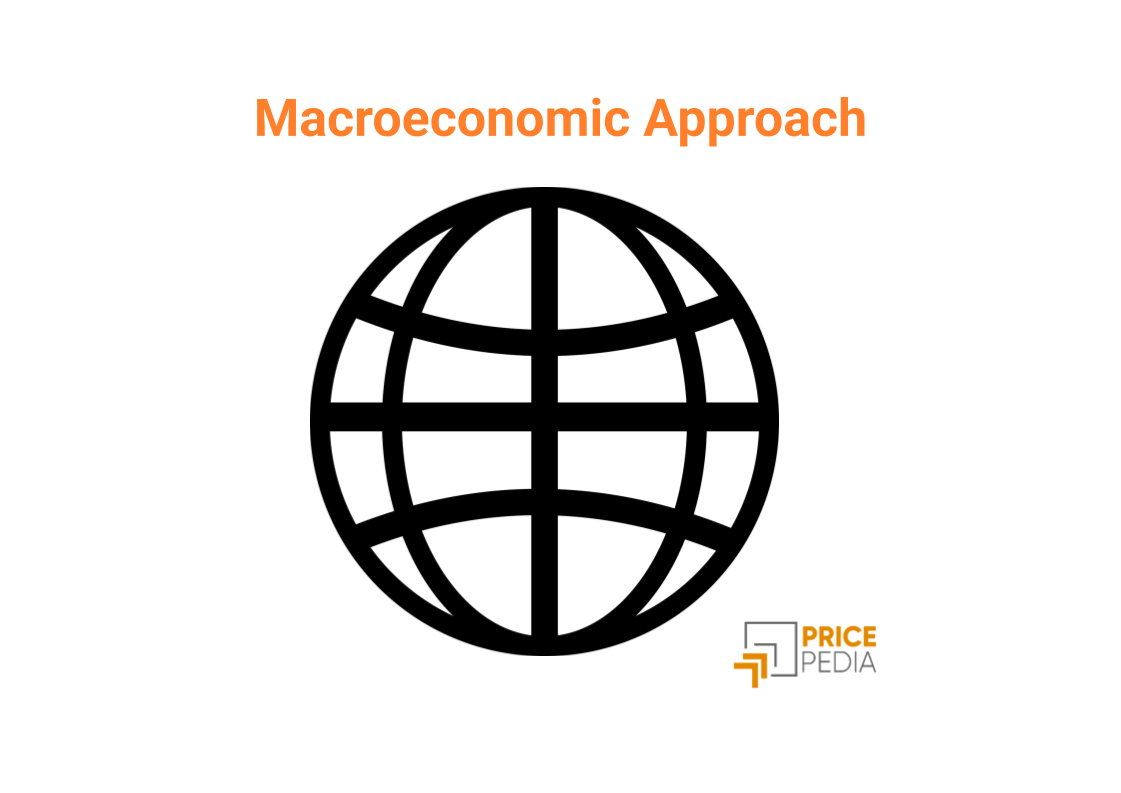Central banks and the effects on commodity prices
An overview of current trends in the commodity landscape
Published by Giulio Corazza. .
Energy Ferrous Metals Food Non Ferrous Metals Commodities Financial WeekIn the final days of the week, financial markets reacted negatively to the continuations of monetary policies implemented by central banks in the United States and the eurozone. Market sentiment deteriorated significantly, as the closings of the major world stock markets showed. In the financial commodity markets, the prices most affected by the change in sentiment were nonferrous metals, copper and energy products.
ENERGY PRODUCTS
The following graph shows the PricePedia financial indices of energy product prices in Europe and the United States. Over the course of the week, the indexes showed two different trends, rising in the first few days then falling.
Broadening the analysis to the medium term, these declines are within a larger downward trend, which for the Europe index began in late August, while for the U.S. index it began a few months earlier, in mid-June.
PricePedia financial indexes of energy prices in Europe and the U.S.

The heatmap below provides an overview of energy product price trends.
As the heatmap shows, the weekly change in oil prices over the past week is positive, due to the momentum seen in the first few days. However, the decrease in the second part of the week was significant, with the price of Brent crude oil returning below the $80 per barrel level on Friday. The collapse in energy prices is largely due to lower gas prices on the European market.
Bucking the trend is the price of diesel fuel, which increases its positive differential against oil.
HeatMap of energy product prices

METALS
The following graph shows the PricePedia financial indexes of ferrous and nonferrous metal prices. This week, the nonferrous index is down, while the ferrous index is stable, following an increase in early December.
Overall, the two indices have been fluctuating within a relatively stable range for several months,
after the cyclical phase during spring and summer 2022 related to the outbreak of the conflict between Russia and Ukraine.
Financial PricePedia indexes of ferrous and nonferrous metals

FERROUS METALS
The heatmap below provides an overview of ferrous metal price trends. Most ferrous metals show signs of stability. Exceptions are steel rebar in China, which shows a significant increase, and, most importantly, Molybdenum contract prices for 15-month deliveries.
HeatMap of ferrous metal prices

NON FERROUS METALS
The heatmap below provides an overview of the price trends of nonferrous metals. As already anticipated, nonferrous metals show a general decrease. Of particular note is the significant decrease in the price of nickel.
HeatMap of non-ferrous metal prices

FOOD PRODUCTS
The following graph shows the PricePedia financial indexes of food prices. The food indexes are relatively little affected by cross-sectional phenomena and are more sensitive to specific factors. For example, the tropicals index is back on the rise, driven by the sharp increase in the price of arabica coffee.
PricePedia Financial Indices of Food Products

TROPICAL FOODS
The heatmap below provides an overview of tropical food price trends. Once again this week, the aggregate price dynamics of this sector was influenced by arabica coffee prices.
HeatMap of tropical food prices



